✅10 Top Tourist Attractions in Dresden ᐈwith Photos
Situated in the far east corner of Germany, Dresden boasts a reputation for being one of the country’s most striking cities. Before it was severely damaged in World War II, the city was known as the Jewel Box because of its lavish collection of stunning art and architecture. After many years, most of the tourist attractions in Dresden haven been fully restored, including world-famous landmarks like the magnificent Zwinger Palace and the Semper Opera House. Dresden, which is the capital of the Free State of Saxony, is situated along the pretty Elbe River. This remarkable city is truly a cultural and architectural wonderland.
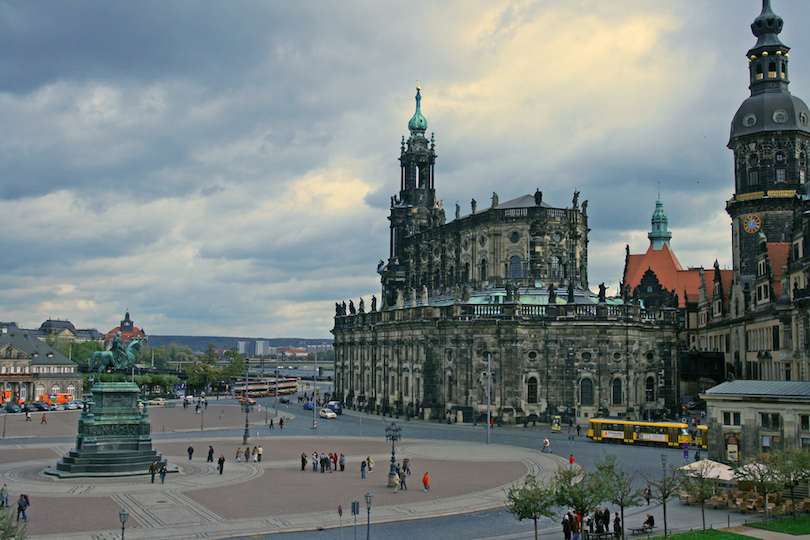 flickr/Bert Kaufmann
flickr/Bert Kaufmann
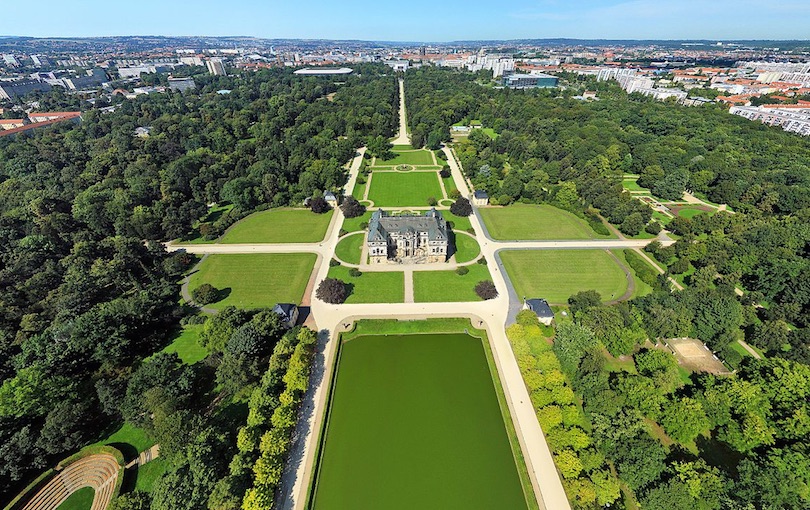 wikipedia/Patrick Ribeiro
wikipedia/Patrick Ribeiro
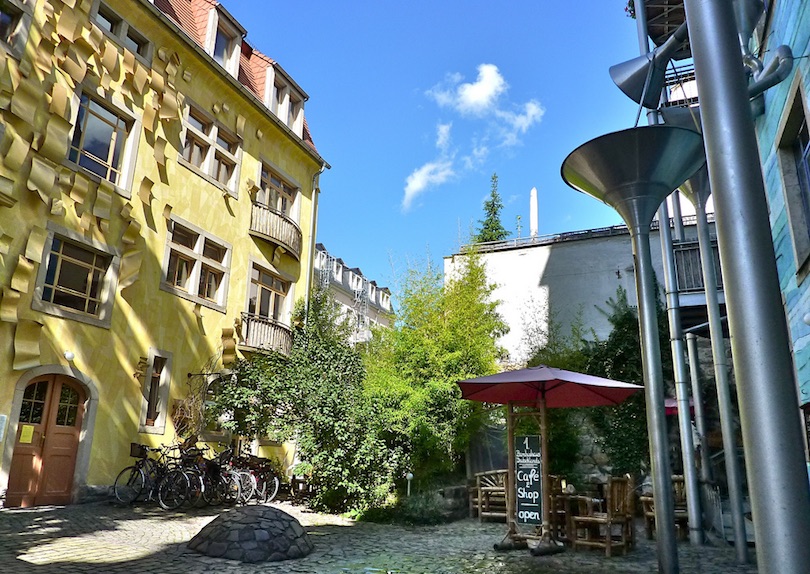 flickr/Daikrieg
flickr/Daikrieg
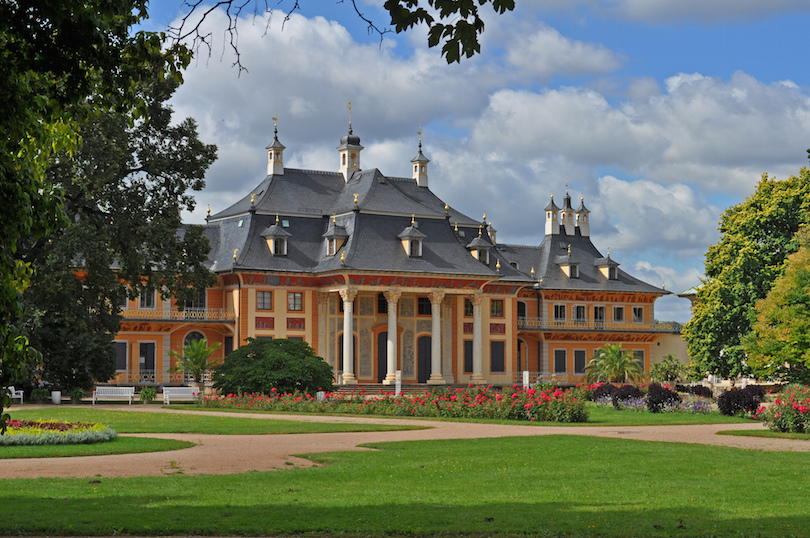 flickr/Harshil.Shah
flickr/Harshil.Shah
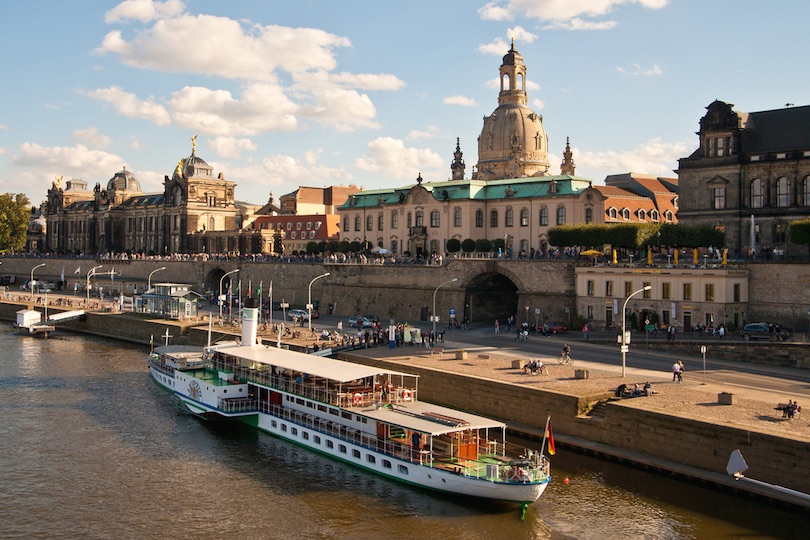
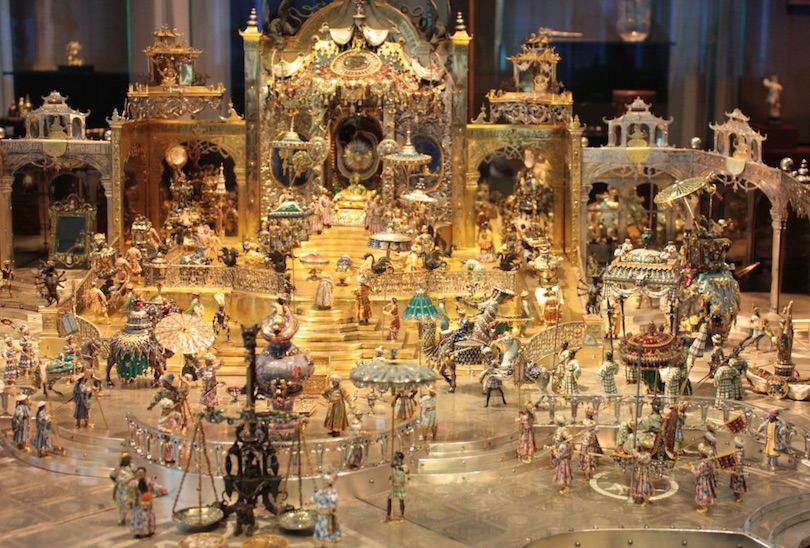 wikipedia/Artefakte
wikipedia/Artefakte
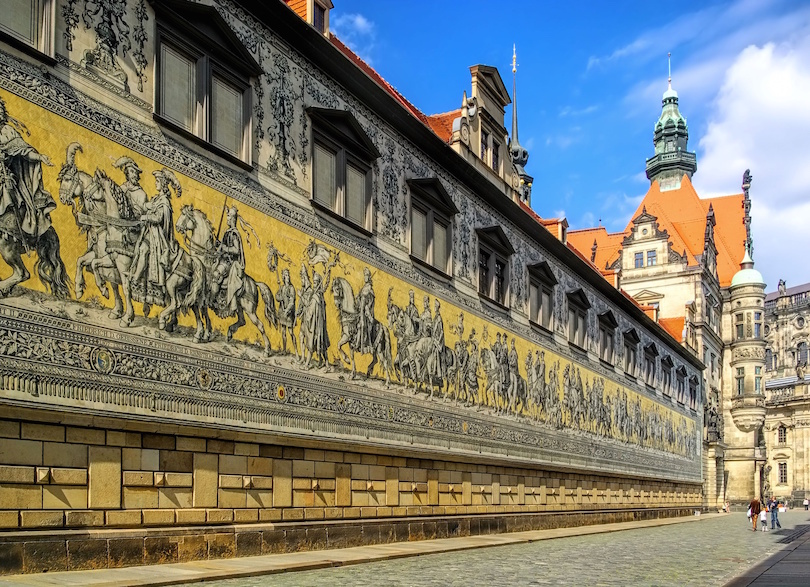
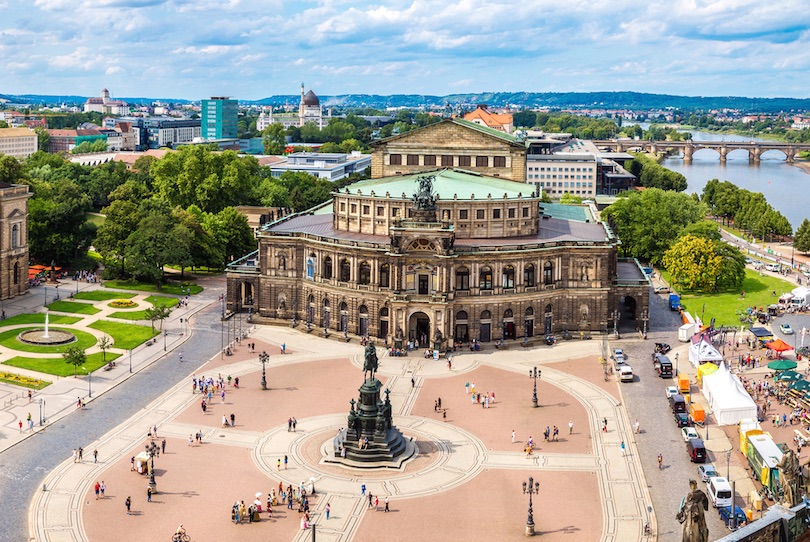
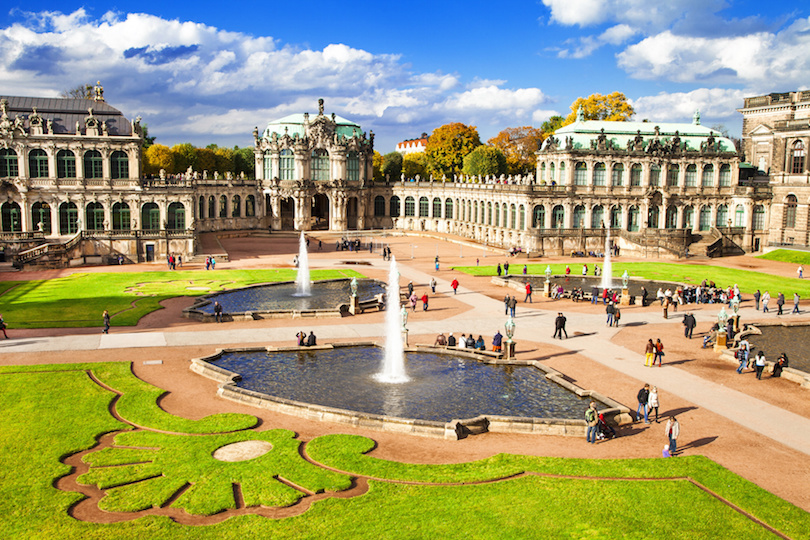
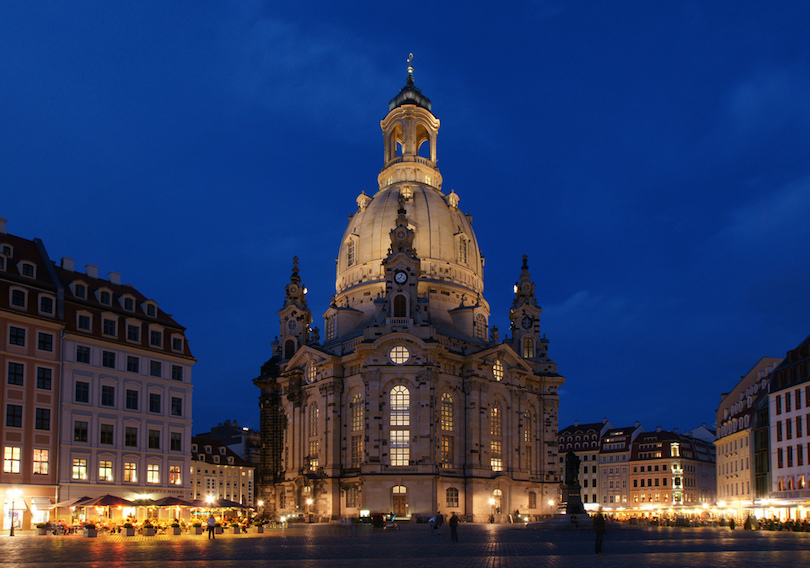 flickr/cpradi
Publication based on original obtained from the website: touropia.com/
flickr/cpradi
Publication based on original obtained from the website: touropia.com/
10. Hofkirche
 flickr/Bert Kaufmann
flickr/Bert Kaufmann
The catholic hofkirche was built by Saxon ruler Augustus III in the 18th century as a counterweight for the protestant Frauenkirche. The Baroque church is one of the most beautiful buildings in Dresden. The original Dresden Cathedral was left in ruins during the Allied bombing of the city in WWII. It was restored in the 80s by the East German government. Today, visitors can once again enjoy the amazing beauty of this cathedral, which has been painted in pastel tones and trimmed in gold. The Dresden Cathedral is also known for its unusual round shape. During the restoration, pieces of the original structure were incorporated into the construction of the new building. In addition, a twisted and burned cross that once sat atop the dome has been placed next to the alter as a remembrance of the past.
9. Grosser Garten
 wikipedia/Patrick Ribeiro
wikipedia/Patrick Ribeiro
The appropriately named Grosser Garten (Great Garden) is a relaxing refuge during the warmer months. The centerpiece of the park is the Summer Palace, a Baroque masterpiece from the 17th century. It is one of the earliest examples of Baroque architecture in Germany. The area around the palace has been a public park since 1814. Now the biggest park in Dresden, it is home to the Zoo Dresden and the Botanical Garden where visitors can explore a variety of trees, shrubs, and flowers. From April to October a miniature train rides around the park.
8. Kunsthofpassage
 flickr/Daikrieg
flickr/Daikrieg
A showcase of modern art, Kunsthofpassage is a colorful and imaginative neighborhood located in Dresden’s student district in Neustadt. The passage consists of several courtyards where visitors can stroll by whimsically painted buildings. One of the most famous is known as the “Courtyard of Elements.” This bright blue painting boasts an amazing feature, “singing” drain pipes. When the rain falls, the elaborate gutter system on this bright blue building plays “music.” There is another courtyard that is adorned with lively animals, including monkeys. Kunsthofpassage is also known for its artsy boutique shops and small cafes.
7. Pillnitz Castle
 flickr/Harshil.Shah
flickr/Harshil.Shah
The Pillnitz Castle is located on the banks of the Elbe River and was once the summer residence for the kings of Saxony. The restored royal site is actually home to three palaces — the Riverside Palace, the Upper Palace and the New Palace — and boasts lovely English gardens. Admission is free and so these gardens are a favorite spot for the locals to enjoy a sunny afternoon or to go for a walk, and it is, of course, also a popular tourist destination, as well. The Arts and Crafts Museum and the Dresden State Art Collections and the Palace Museum can all be found on the grounds of the Pillnitz Castle. Pillnitz was formerly a Saxony village, but it is now a district in Dresden.
6. Bruehl's Terrace

A terraced promenade overlooking the Elbe River, the Bruehl Terrace (Brühlsche Terrasse) is a popular gathering spot that has earned the nickname “The Balcony of Europe.” It was once a part of Dresden’s protective ramparts. But between the years 1739 and 1748, the ramparts were turned into a beautiful garden. Today, visitors enjoy strolling the promenade and taking in the gorgeous views and seeing the impressive statues and the architecture in the area. There are several historical buildings located along the terrace including the Academy of Fine Arts (Kunstakademie), and Saxony’s Supreme Court (Sächsisches Ständehaus). It is also a favorite spot for people viewing.
5. Green Vault
 wikipedia/Artefakte
wikipedia/Artefakte
The Green Vault (Grünes Gewölbe) houses what is considered to be one of the largest collections of treasures in Europe. Located in the Dresden Castle, it contains more than 4,000 items. Visitors to this baroque castle will find magnificent works of art, including gold figurines and unusual pieces such as gilded goblets made from ostrich eggs. It is also a showcase for an amazing collection of gems and jewels, including the 41-carat Dresden Green Diamond. This nearly flawless apple-green gem is the largest green diamond in the world.
4. Procession of Princes

The Procession of Princes (Fürstenzug) is a very large mural located on the outer wall of the beautiful Stables Courtyard of Dresden Castle. This outdoor mural depicts a parade that includes most of the rulers of Saxony between 1127 and 1918, starting with Konrad the Great. The original painting was created by the artist Wilhelm Walther between the years 1890 and 1876. The artist included himself in the painting and appears as the last figure in the Procession of Princes. The original was created using the sgraffito pottery technique. But when that mural faded, it was replaced with 25,000 Meissen ceramic tiles and is now the largest porcelain mural in the world.
3. Semper Opera House

Built in 1841, the Semper Opera House, or Semperoper, is an impressive example of baroque architecture and is located in Dresden’s historic center. It is named for its architect, Gottfried Semper. The Semper Opera House is the home of the Saxon State Orchestra and the Semperoper ballet. The structure has been rebuilt several times during its history. A fire in 1869 damaged part of the structure and Allied bombing destroyed much of the building in 1945. The Semper Opera House was rebuilt as an exact replica, with the exception of a few modern conveniences. It reopened exactly 40 years after its destruction on February 13, 1985. In 2002, the building was once again damaged when the nearby Elbe River flooded. It was repaired and is once again open for tours.
2. Zwinger Palace

This impressive complex of buildings, which was built between the years 1710 and 1732, is located across the road from Dresden Castle. The Zwinger is made up of six stunning pavilions and was originally used to host tournaments and was also the site of various court activities. Today, the palace is home to several museums, including one that houses a large ceramics collections as well as an armory that is a showcase of Germany’s weapons. Then there is the wing known as the Semperbau, where visitors can feast their eyes on paintings from the Old Masters, including Van Dyck, Rubens and Raphael. One of Zwinger’s most famous and photographed features is the Crown Gate. This gate is a baroque masterpiece, as is Zwinger’s beautiful Nymphaeum fountain.
1. Frauenkirche
 flickr/cpradi
flickr/cpradi
The most famous tourist attractions in Dresden, the Frauenkirche (Church of Our Lady) is a Lutheran church that was originally built in the 18th century. The impressive dome was finished in 1738 and consists of a double shell with two casings that make up the inner and outer dome. The church graced Dresden’s skyline for two centuries before collapsing after the February 1945 bombing. After the reunification of Germany a grassroots movement helped raise funds to rebuild the famous landmark. The church was reconstructed using original plans from the 1720s and reopened in 2005. The city of Coventry, which was raided by the Luftwaffe donated the golden cross for the dome of the church. The dome can be climbed. From the top visitors can enjoy magnificent views of Dresden and the Elbe river.